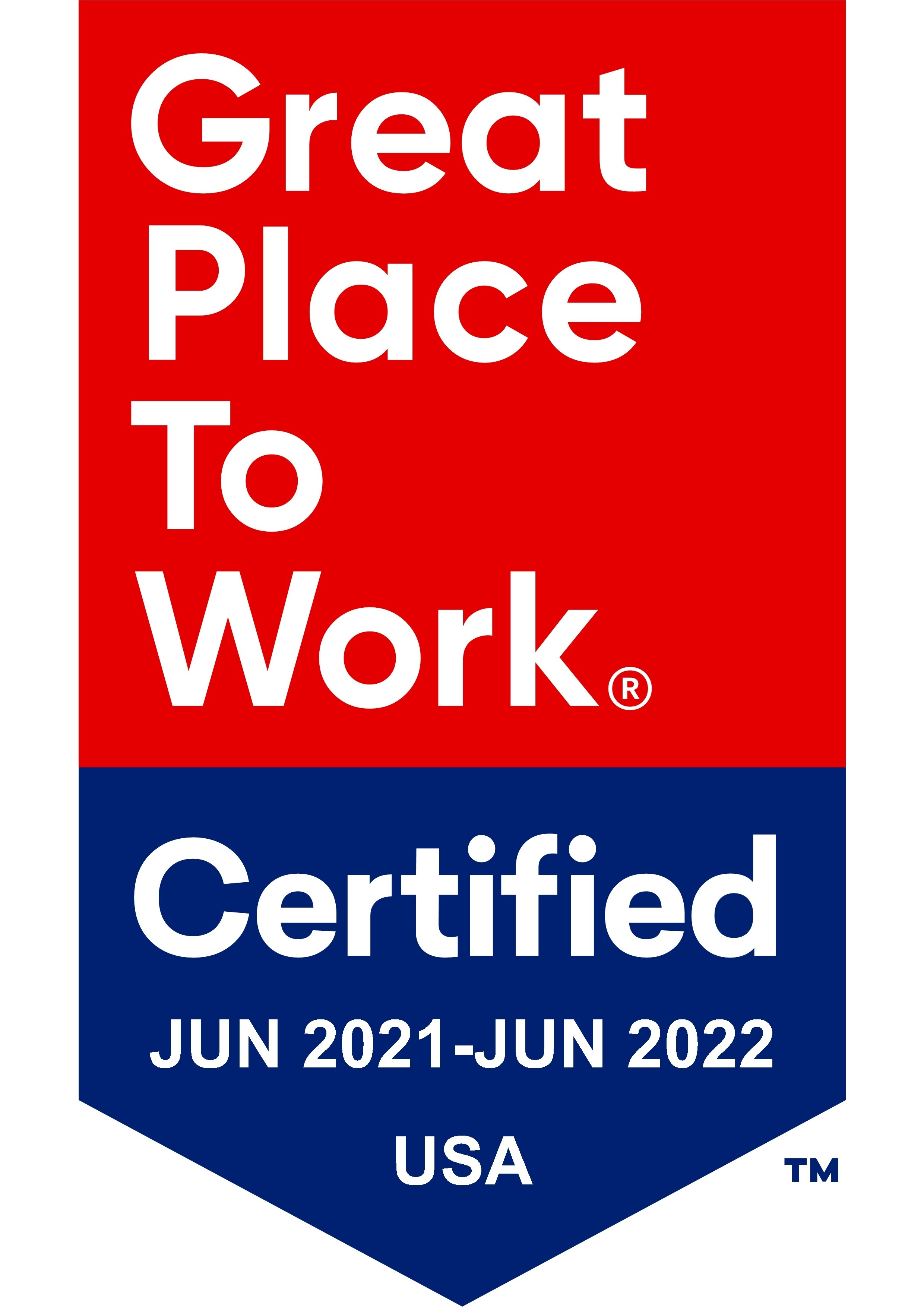While GLP-1s represent a massive opportunity for the fitness industry, they also bring a layer of complexity.
The early part of the year is always a busy time for the health and fitness industry. But how are people approaching their well-being this year? Weight loss goals could look a little different than they have in the past. The latest disruptor isn’t a new workout or a superfood—it’s GLP-1 receptor agonists like Ozempic and Wegovy. Initially designed for managing diabetes, these drugs have quickly gained traction for their weight-loss benefits, sparking a wave of interest and curiosity among consumers.
But as GLP-1s gain popularity, it’s essential for fitness and health professionals to understand their broader impact on consumer behavior. A recent report from Harrison Co. found that the market for gyms, studios and fitness clubs will increase by 20% due to more people taking GLP-1s—that’s $6.8 billion. This could be due to a new focus on health, or due to the drug’s side effect of overall muscle loss.
But it remains to be seen: will these drugs inspire healthier habits, or will they be viewed as a shortcut that bypasses the need for exercise and balanced nutrition? A recent study from Reach3 Insights sheds light on these questions. Using a mobile chat-based, conversational approach, we engaged more than 1,000 consumers and uncovered some surprising insights about current users and those considering GLP-1s.
What consumers want from GLP-1s
The study found that one-third of Americans are either interested in GLP-1s now or considering their use in the future, signaling the potential for these medications to become a mainstream health trend. However, the motivations and outcomes differ significantly between current users and those who are merely interested.
Weight loss remains the biggest draw: Among current users, 62% reported weight loss as a result of taking GLP-1s. For potential users, 78% hope to achieve this same outcome.
A mixed impact on exercise: Only 13% of current users say they exercise more since starting GLP-1s, but 34% of those interested hope the drug will motivate them to hit the gym.
A focus on overall well-being: While 34% of current users say their overall well-being has improved, 53% of potential users expect to feel better overall if they start taking GLP-1s.
These disparities between expectation and reality highlight a key challenge for the health and fitness industry: managing consumer expectations while understanding how GLP-1s might shape behavior.
Why trend data matters in the GLP-1 space
Understanding trends like GLP-1 use is about more than staying relevant—it’s about responding to shifting consumer needs with empathy and insight. GLP-1s represent a new frontier where medications and lifestyle choices intersect. But the big question remains: How can the health and fitness industry ensure that these drugs complement healthy habits rather than replace them? Some experts believe that, for example, gyms could tap into a whole new membership base.
But to really know where things stand, authentic consumer insights must come into play. Traditional research methods, like lengthy surveys, often fail to capture the nuanced and candid feedback needed for sensitive topics like weight loss and medication use. For instance, consumers might hesitate to share how these drugs impact their self-esteem, motivation, or daily habits in a sterile survey environment.
Instead, conversational research methods can provide a more engaging and natural way to explore these GLP-1-related topics. By leveraging mobile chat technology, researchers can capture real-time, honest feedback in a format that feels like texting a friend. This approach not only improves response rates but also fosters deeper, more authentic insights.
The ripple effects for the fitness industry
As more consumers turn to GLP-1s, fitness and health professionals must consider how this trend could shape everything from gym attendance to dietary coaching. For example:
- Redefining motivation: If GLP-1s reduce the urgency for weight loss through exercise, how can gyms and trainers shift their messaging to emphasize other benefits of physical activity, like mental health and strength?
- Targeting new expectations: With over half of potential users hoping for improved well-being, fitness brands have an opportunity to position their offerings as complementary to GLP-1 use, providing holistic solutions for a healthier lifestyle.
- Understanding gaps in perception: The stark contrast between current and potential users’ experiences underscores the need for proactive education. Fitness professionals can play a key role in guiding consumers toward realistic expectations.
Gaining the right consumer insights, the right way
While GLP-1s represent a massive opportunity for the fitness industry, they also bring a layer of complexity. To stay ahead, health and wellness brands must invest in understanding the “why” behind consumer behavior—what drives interest, what barriers exist, and how these medications impact daily routines.
Find ways to explore these questions without alienating consumers. By using research methods that mimic everyday communication and feel less invasive, researchers can approach sensitive topics with empathy, resulting in richer and more actionable data.
Preparing for the GLP-1 era
Our study found that one-third of Americans are interested in GLP-1s now or in the future. This alone signals a shift in how Americans approach their health goals, blending pharmaceutical solutions with lifestyle aspirations. For the fitness and health industry, this shift is both a challenge and an opportunity. Understanding how these drugs fit into the broader narrative of health and wellness will be key to meeting consumer needs in a thoughtful, impactful way.
Wondering how to use conversational research to understand the impact of GLP-1 in healthcare, fitness and other related industries? Check out our masterclass webinar here.

Dara St. Louis
SVP & Founding Partner, Reach3 Insights







.webp?width=65&height=83&name=A-LIGN_HIPAA%20(1).webp)

